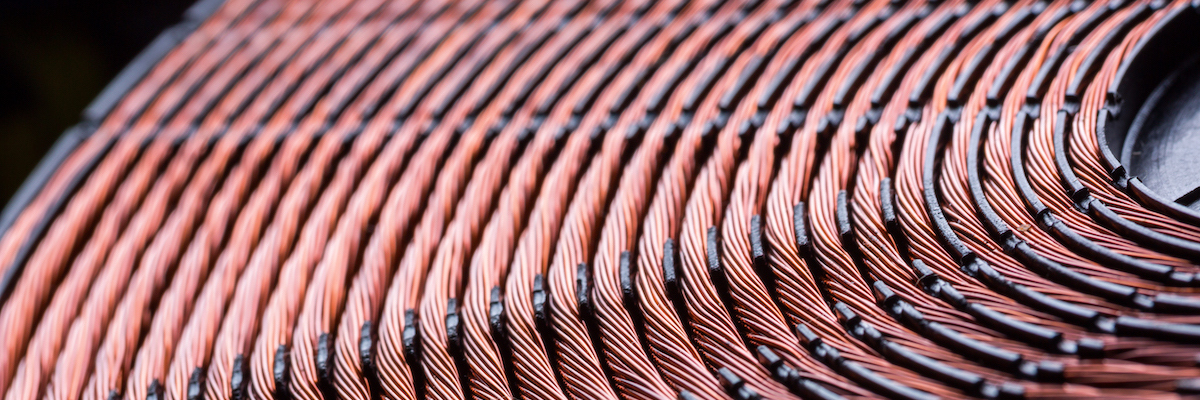How Does an Inductor Work?

Simply put, an inductor is a coil of wire wrapped around a core, which could be air or a magnet. As current moves through the inductor, a magnetic field starts to form, which the inductor uses to store energy. Inductors, along with capacitors and resistors, are essential electronic components. They’re used in a variety of applications, from building radios and TVs to electric motors and radar systems. So, what is an inductor and how does it work? — we’ll be covering that question now.
What Does an Inductor Do?
An inductor is similar to a capacitor in the sense that it stores electrical energy. However, unlike a capacitor, which stores energy in its electrical field, an inductor stores energy in its magnetic field. Where does it get its magnetic field? According to Ampere’s Law, when current moves through a wire, a magnetic field is created. In the case of an inductor, the amount of energy it can store depends on the strength of its magnetic field.
They are a variety of inductor types, but all share one property: the resistance of changes in current. Inductors allow direct current (DC) to flow, but not alternating current (AC). DC creates a steadier magnetic field. AC, on the other hand, creates a constantly changing magnetic field. When current increases or decreases suddenly, an inductor will “choke” the change by creating a voltage between its leads in opposing polarity. The energy from the surge is stored in its magnetic field and released back into the circuit.
Uses for Inductors
Inductors can be used in the following applications:
- Chokes
- Relays
- Transformers
- Induction motors
- Filters
- Energy storage
- Sensors
- Turning circuits
- Ferrite beds
Learn More With Gateway Cable Company
Searching for the right inductor for your application? Need a cable? Request a quote on any of our electrical components, such as slave cables or twisted pair cables. You’re also welcome to contact us with any questions about our products.
